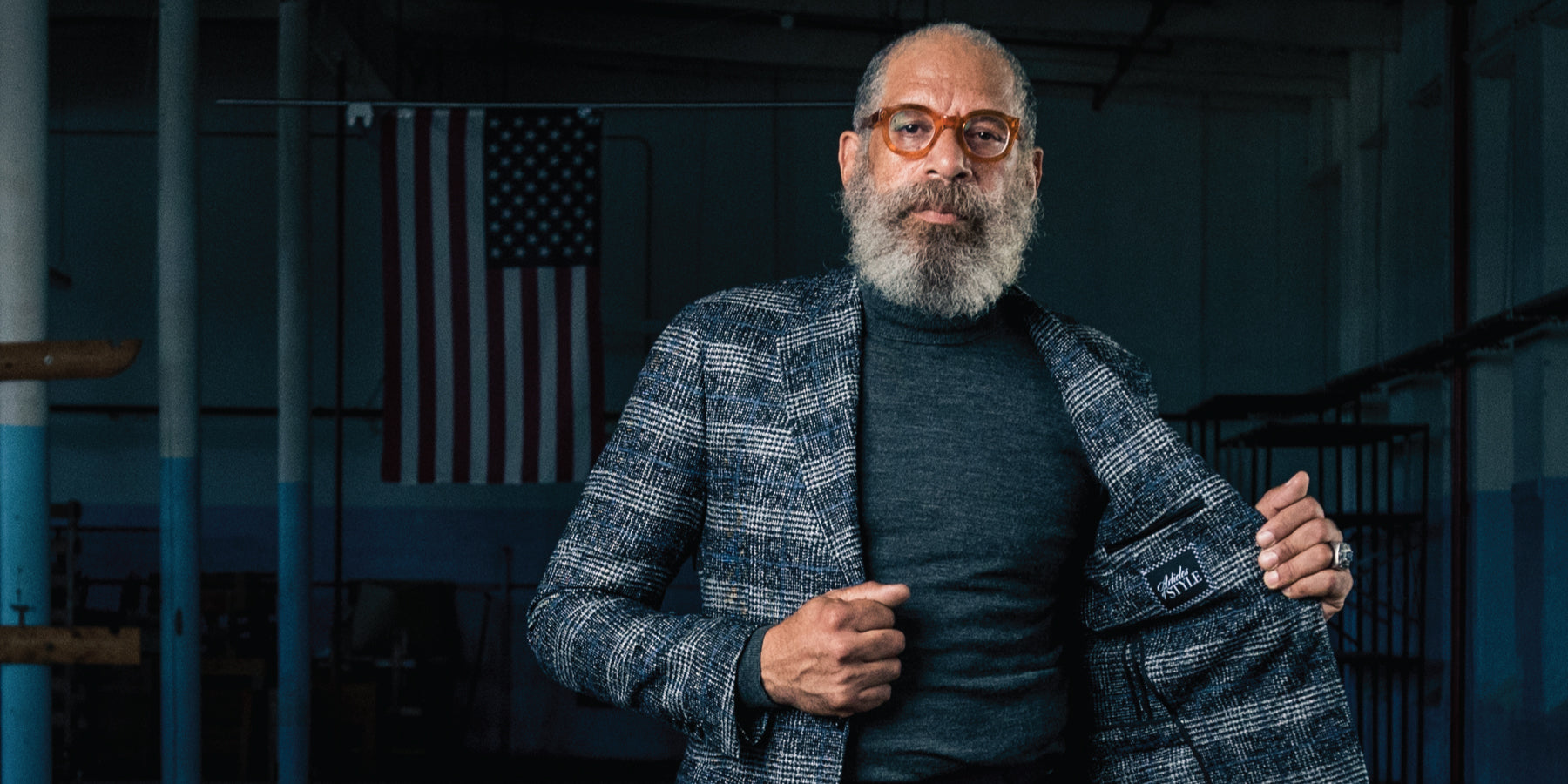Buying a piece of clothing that doesn’t fit is very frustrating, a huge waste of time and money, and terrible for the environment.
You won’t wear it, and you will eventually have to replace it.
So we created the “How It Should Fit” series to you help you look and feel great, save you time and money, and help save the planet from overconsumption.
In this edition, we take a closer look at the suit jacket. The same guidelines apply to blazers/sport coats as well.
WHAT IS A GOOD FIT?
A proper fitting garment flatters the body by contouring its natural lines. The garment should be cut as close to the body as possible without causing any pulling, wrinkling, or stress areas on the fabric. You’re looking for a clean drape that showcases and enhances the natural form of the body.
SHOULDERS
The shoulder lines of the jacket should correspond with your natural shoulder width. Beyond the shoulder seam the sleeve line should move downward immediately, not protrude outward beyond the seam (this is too small). Alternatively, there should be no “hang-time” or “lip” of the shoulder pad protruding over the arm line (this is too big).
COLLAR
The jacket collar should hug the shirt collar all the way around the neck, with no gapping. There should be about about 1/2″-3/4″ of shirt collar showing above the back of the jacket, with a smooth upper back (no collar roll). With ideal proportions, the shirt collar points should also be neatly tucked under the jacket lapels.
CHEST
The front chest should be clean and neat. If the jacket is too large in the chest there will be a “pooling” or “lump” of extra fabric sitting in front of the armholes. If the chest is too small, the lapels will pull open and not lay flat, and there will likely be pulling/wrinkling in the sleeves beginning from the bottom of the armholes.
LENGTH
Like a good lawyer, a good jacket should cover your ass. The back panel of the jacket should end just below the bottom of the seat, and the jacket should be perfectly parallel and level to the ground (not “hiked up” in the front or back).
STOMACH
The midsection of the jacket should be as trim as possible. Ideally, there should only be 2-3 inches of room when you pull the button away from your belly. The button stance (the top button on a 2-button jacket, or middle button on a 3-button) is the narrowest part of the jacket, and therefore should be aligned with the smallest part of your torso. Again, avoid stress wrinkles here caused by being too aggressive with your tailor.
HIPS
At the bottom of the jacket you’re looking for full coverage, with the vents laying straight and flat. Too small and the vents will pull open, too large and the the hem of the jacket will “flare” or “wave”.
SLEEVE
A trim sleeve can make a huge difference in the appearance of the jacket. The sleeve should be as trim as possible without sacrificing range of motion. What’s important here is the pitch (rotation) of the sleeve. A good jacket has a perfectly clean sleeve head with no wrinkling, twisting, or breaking down the arm. The cloth should be clean and neat (at a resting state, of course).
SLEEVE LENGTH
At a resting state there should be about 1/2″-3/4″ of shirt cuff visible. The shirt cuff should be trim enough that it stops at the beginning of the hand (with a little extra fabric for arm extension – “Shirt Fit” article coming up).
Thanks, as always, for reading.
Yours in style,
Dan Trepanier

